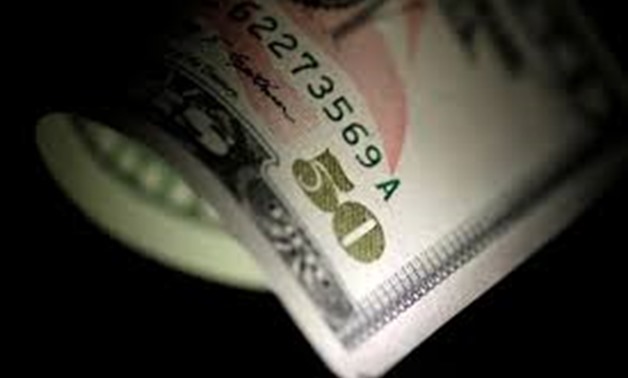
A U.S. Dollar note is seen in this June 22, 2017 illustration photo. REUTERS/Thomas White/Illustration/File Photo
LONDON – 6 November 2017: The dollar was little changed on Monday after investors took profits on its best weekly performance this year, with wariness about the status of the U.S. economy and tax reform plans setting the tone.
The dollar briefly popped to a eight-month high against the Japanese yen in Asian trades but, with last week’s U.S. jobs data having been relatively underwhelming, London-based traders were a bit more cautious.
“The only reason why investors are not selling the dollar aggressively is because (of) uncertainty around the tax plan progress even though the bond market is flashing a warning sign,” said Viraj Patel, an FX strategist at ING in London.
The dollar rose as high as 114.89 yen at one point, its highest since mid-March, gaining steam after breaching technical resistance at levels near 114.50 yen.
Against a broader trade-weighted basket of its rivals <.DXY<, the dollar was flat at 94.946 on Monday after rising 1.3 percent last week, its biggest weekly rise of the year.
The dollar’s jump in early trades was also aided by positioning data. Net short dollar positions have dwindled to their smallest in four months with outstanding dollar shorts now at $3 billion compared to $18 billion at end-September, according to latest CFTC data.
Although U.S. wage growth data disappointed, analysts remain optimistic that wages will pick up, and there was little change in market expectations for the Fed to raise interest rates in December for a third time this year.
The jobs data, including the wage growth figures, were seen as being broadly in line with recent trends, said Shinichiro Kadota, senior FX strategist for Barclays in Tokyo.
But bond markets were flashing a warning sign, with the spread between two- and ten-year U.S. yields at their narrowest in more than a decade.
The euro was flat at $1.16065.

Comments
Leave a Comment